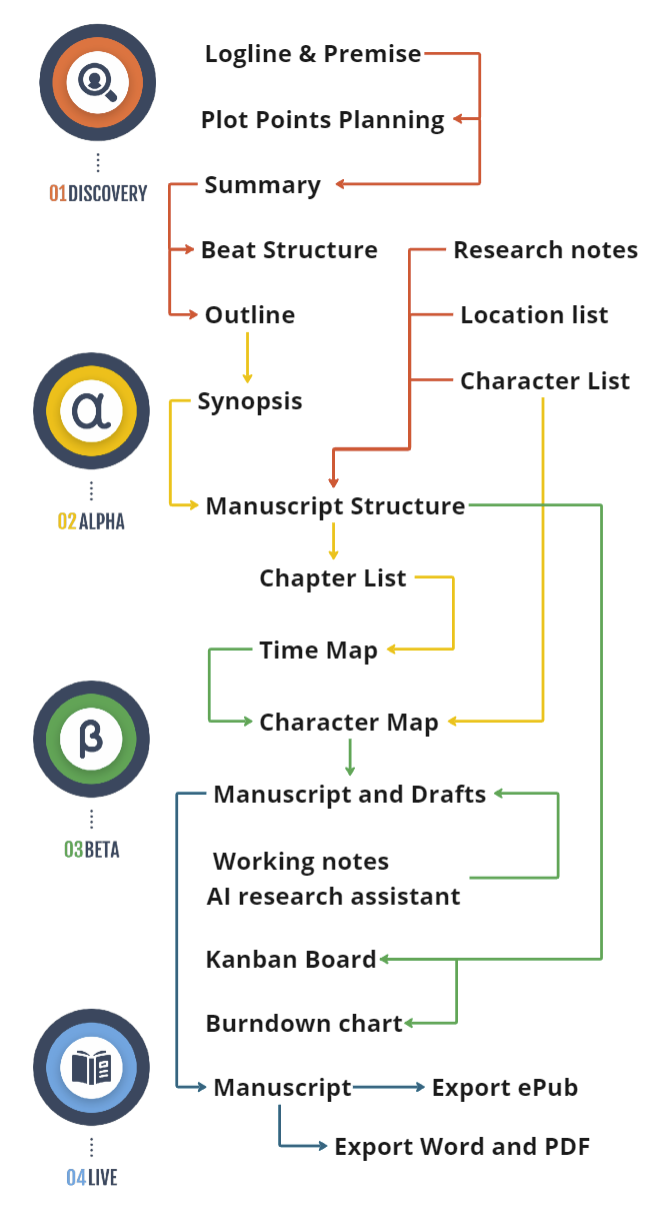In novels that linger in a reader’s mind, it’s not the action alone but the emotional core that resonates. Complex sequences or imaginative worlds matter, but they can’t replace vivid feelings. Advanced writing craft goes beyond surface conflicts (like a looming war or a quest for treasure) and zeroes in on the storm raging inside your protagonists. Modern structural guides, drawing from the best in novel planning, emphasize how critical it is to anchor each outer event in an inner revelation or struggle.
The emotional core is the protagonist’s underlying need, flaw, or pain. Readers bond with your hero when they sense that deeper layer, even as your hero charges forward in pursuit of external goals. Tactics like establishing a secret shame, an unhealed memory, or a missing piece in the hero’s life spin ordinary motives into magnetic ones. Each confrontation in the plot then becomes a chance to reveal or shift this emotional undercurrent. This synergy keeps readers glued to the page, eager to see how the hero’s worldview evolves.
Writers seeking to elevate their second or third manuscript often realize they nailed plot pacing but missed that intangible heart. Those who suspect their story “reads well but feels hollow” also need a stronger emotional core. Even fast-paced thrillers and comedic romances thrive when the characters’ inner worlds remain visible. If feedback like “I just didn’t connect” plagues your draft, intensifying emotional stakes is the remedy.
Identify The Deep Wound
Look closely at your main character’s past. Which event carved a lasting scar? Let that moment define how they interpret the present. Whether it’s childhood betrayal or a drastic failure, clarify how it colors current choices.
Tie Every Setback To Old Wounds
Any time your protagonist faces conflict, hint at how it pokes that emotional bruise. Make them react, not just to external danger, but also to the memory of pain or rejection. This amplifies the sense of risk.
Use Secondary Characters As Mirrors
A mentor or close friend can mirror the hero’s central flaw, calling it out gently or even harshly. Alternatively, a love interest might echo the hero’s biggest fear or insecurity, forcing them to confront it when they’d rather retreat.
Layer Emotions In Revisal
On the first pass, you may focus on story structure. During revision, comb each scene for a chance to reveal an emotional subtlety—an extra line of internal thought or a quiet gesture that betrays deeper turmoil.
Reward Growth With Resolution
By the finale, demonstrate that your hero has learned from the emotional journey. Any final triumph or bittersweet loss should reflect real change in how they view themselves or their world.
Readers become enthralled when they sense genuine emotional stakes. Even high-concept plots risk feeling mechanical without a deeper personal dimension. The emotional core humanizes the hero’s quest, bridging the gap between the character’s outward leaps and the reader’s heart. Ultimately, it’s what transforms a fun story into an unforgettable one, offering catharsis that lingers far beyond the final page.
In your current draft, find one pivotal confrontation or reveal. Rewrite that scene to highlight the protagonist’s buried wound, ensuring every line—dialogue, action, internal thought—reflects that deeper conflict. Then assess how it shifts tension and reader empathy. You’ll see the emotional core shining brighter, forging a tighter bond between character and audience.




